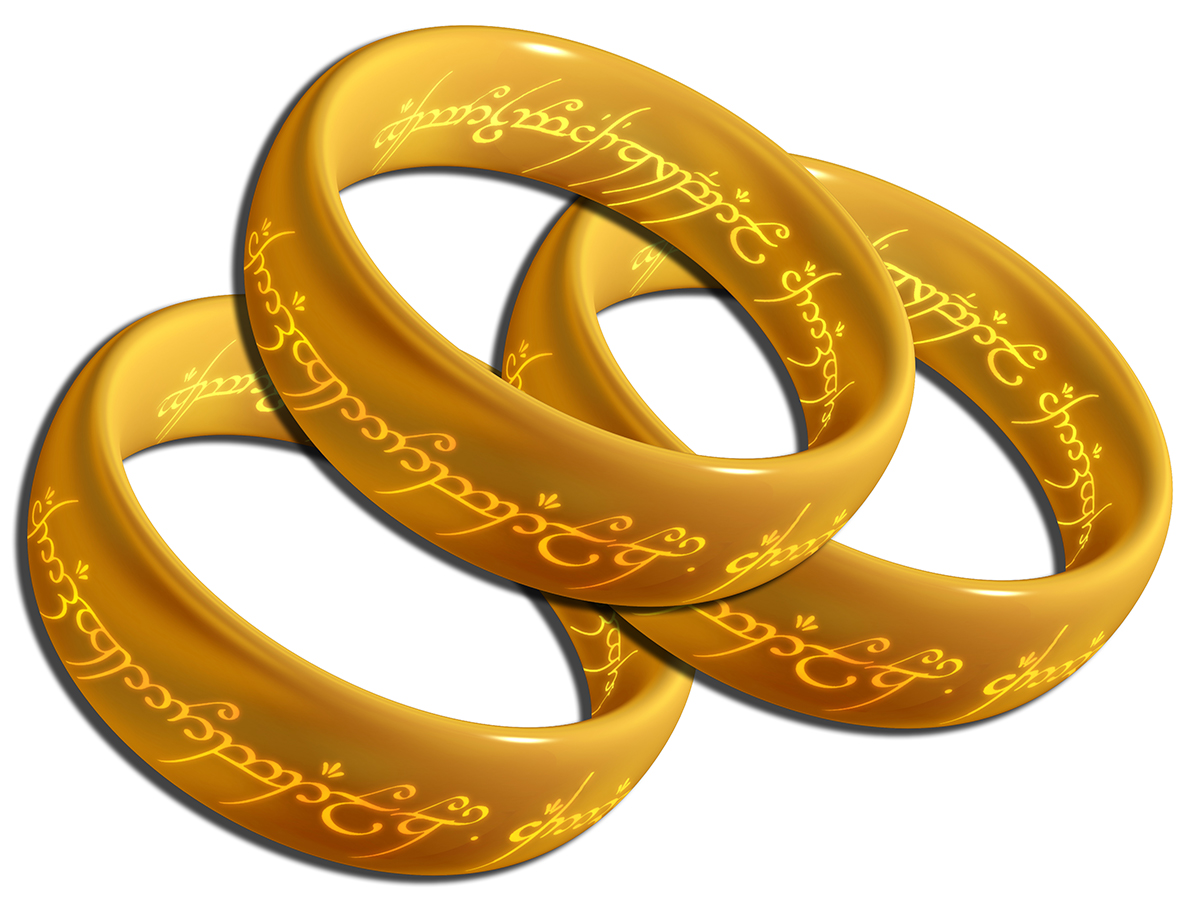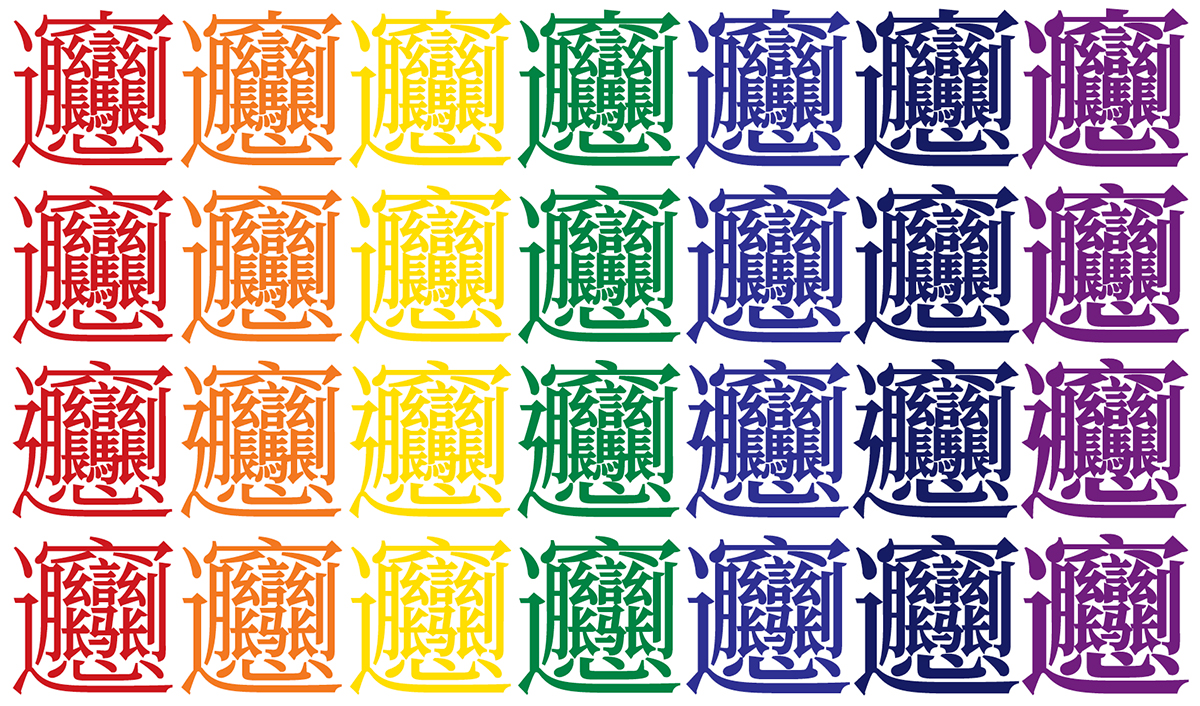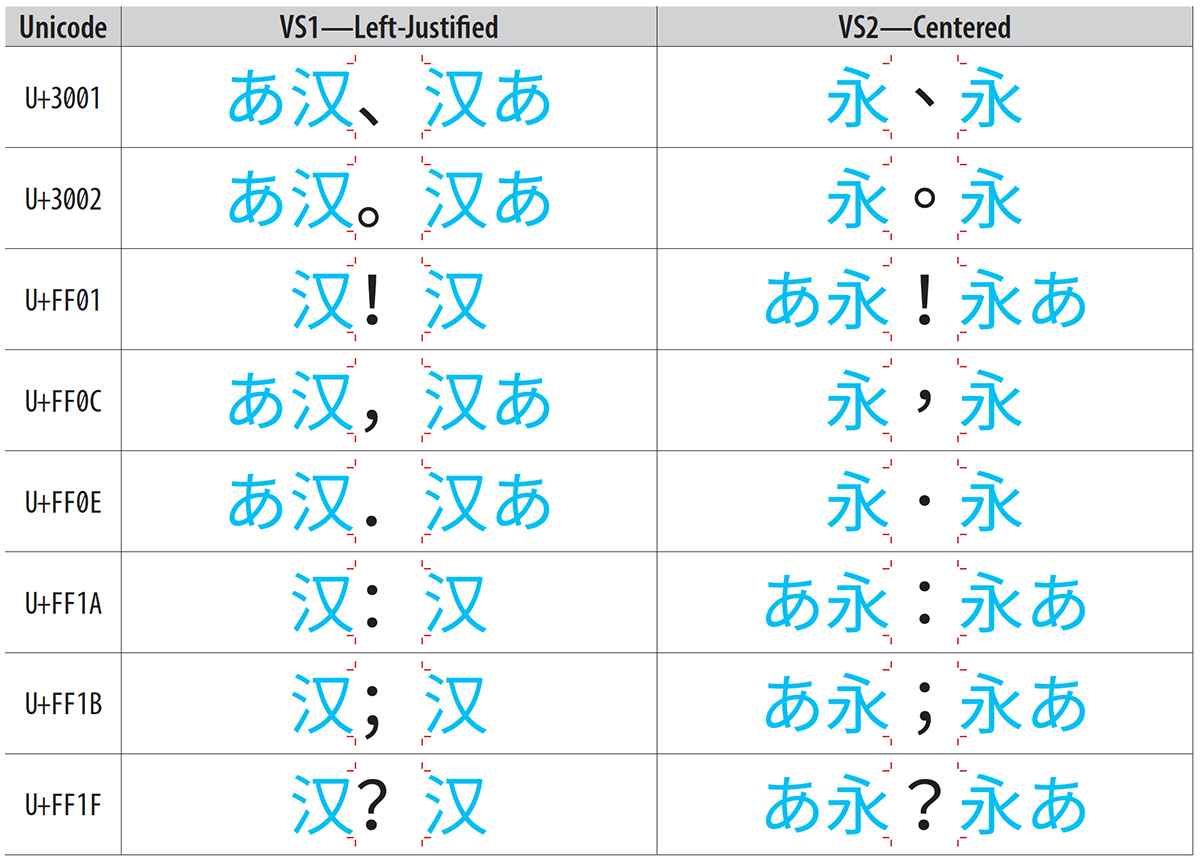
Per a suggestion by a friend named Leroy, I recently renamed the multiple-style and multiple-family OTCs (OpenType Collections) in this open source repository which includes such OTCs that are based on the Adobe-branded Source Han and Google-branded Noto CJK families. These multiple-style and multiple-family OpenType Collections were described in this article from April of this year. The purpose of this particular article is to introduce better names for them besides Super OTC.
First, some background about Super OTCs…
Shortly after Source Han Sans and Noto Sans CJK were released, I came up with the idea of creating a single OpenType Collection that includes all languages and all weights, and the name Super OTC was coined. This was included in the Version 1.001 update (2014-09-12) as a fourth deployment format for both families, and each one included 28 fonts. These were expanded to 36 fonts when the HW (half-width, ASCII-only) fonts, which covered only the Regular and Bold weights, were added as part of the Version 1.002 update (2015-04-20). Source Han Serif and Noto Serif CJK included a Super OTC in their Version 1.000 release (2017-04-03).
Continue reading…










